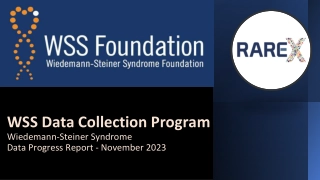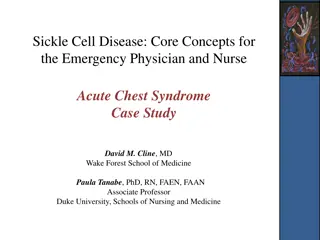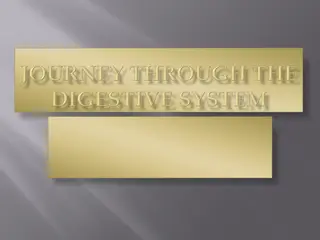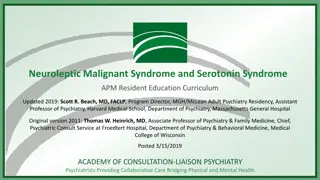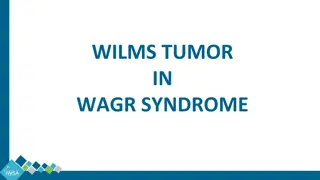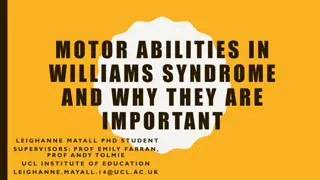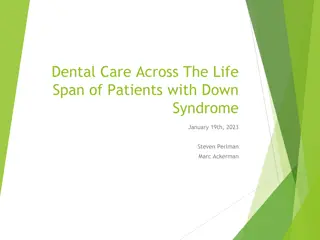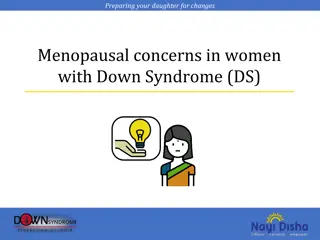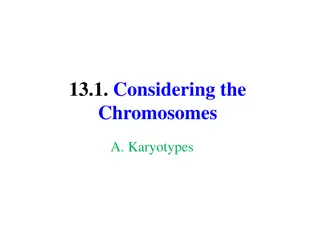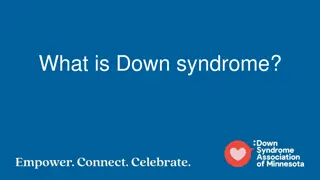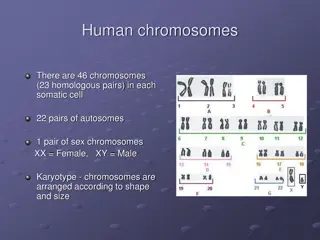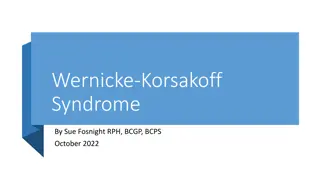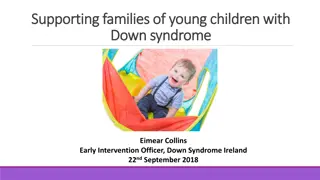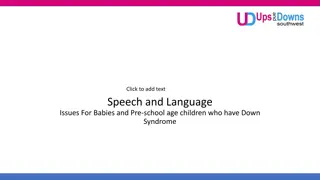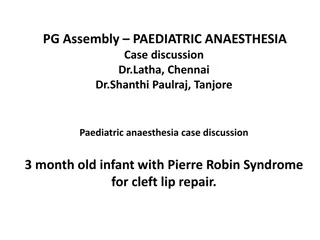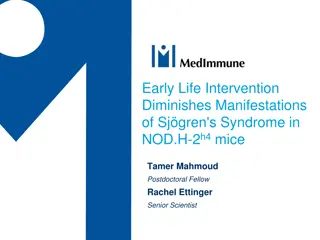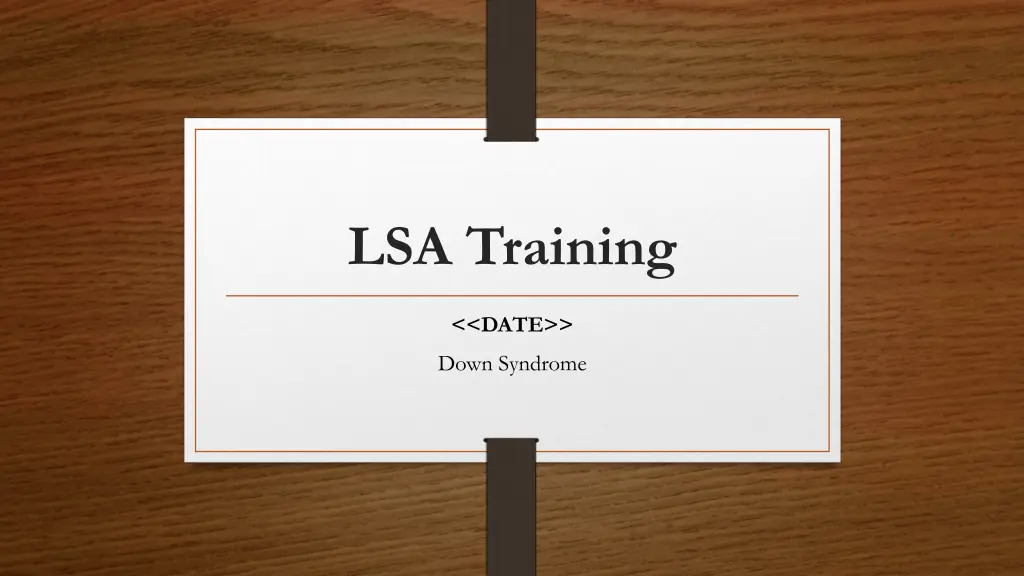
Understanding Down Syndrome: History, Characteristics & Facts
Explore the history, characteristics, and facts about Down Syndrome, a genetic condition caused by an extra chromosome. Learn about the physical features, developmental delays, causes, and more related to Down Syndrome.
Download Presentation

Please find below an Image/Link to download the presentation.
The content on the website is provided AS IS for your information and personal use only. It may not be sold, licensed, or shared on other websites without obtaining consent from the author. If you encounter any issues during the download, it is possible that the publisher has removed the file from their server.
You are allowed to download the files provided on this website for personal or commercial use, subject to the condition that they are used lawfully. All files are the property of their respective owners.
The content on the website is provided AS IS for your information and personal use only. It may not be sold, licensed, or shared on other websites without obtaining consent from the author.
E N D
Presentation Transcript
LSA Training <<DATE>> Down Syndrome
This Week Down Syndrome
Down Syndrome Facts Around one in every 1,000 babies born in the UK will have Down s syndrome. There are over 40,000 people in the UK with the condition. Although the chance of a baby having Down s syndrome is higher for older mothers, more babies with Down s syndrome are born to younger women. Down s syndrome is not a disease. People with Down s syndrome are not ill and do not suffer from the condition. Today the average life expectancy for a person with Down s syndrome is between 50 and 60 with a small number of people living into their 70s and beyond. - Down s Syndrome Association (2015)
History Oldest recorded case is a skeleton of a child who died 1,500 years ago in France. Identified in 1866, by Dr. John Landon Down. Characteristics included slanting eyes, flattening of the back of the head and poorly controlled and fissured tongues . Used the word Mongolian to describe the condition. In 1961, a group of 19 experts, including Dr. Down s grandson, suggested the name be changed to Down s Syndrome . The People s Republic of Mongolia supported the request. In 1965, the World Health Organisation officially recognised the name change. Down s Syndrome Association (2015) The History of Down s Syndrome, retrieved 15th December 2015 from www.downs-syndrome.org.uk
An Interesting Side Note A Shepherd This would appear to show that Down s Syndrome was not historically considered a disability or socially condemned. The Adoration of the Christ Child Follower of Jan Joest of Kalkar c. 1515 An Angel Down Syndrome Prenatal Testing (2013) Down syndrome diagnosis at the Adoration of the Christ Child, retrieved 15th December 2015 from www.downsyndromeprenataltesting.com
Aetiology Down Syndrome would appear to be caused by having an extra chromosome copy (namely of chromosome 21). In the majority of cases, Down Syndrome is not inherited. Instead it is the result of a one-off anomaly in the sperm or egg. Age of the mother at conception is one of the contributing factors to risk of Down Syndrome. It is still not fully known what all of the other risk factors are. NHS (2015) Causes of Down s Syndrome, retrieved 15th December 2015 from www.nhs.uk
Characteristics Each person with Down Syndrome is affected differently. Physical characteristics may include: Reduced muscle tone. A small nose and flat nasal bridge. A small mouth with a protruding tongue. Eyes that slant upwards and outwards. A flat back of the head. A big space between the first and second toe. Broad hands with short fingers. Only a single crease across the palm of the hand. Developmental delays may include (amongst others): Reaching. Sitting. Standing. Walking. Talking. Some other health complications occur more frequently in people with Down Syndrome. NHS (2015) Characteristics of Down s Syndrome, retrieved 15th December 2015 from www.nhs.uk
Learning Styles The natural learning style of children with Down Syndrome would appear to be characterised by (Wishart, 2001): An increasing use of avoidance strategies. A growing reluctance to take initiative. An over-dependence on/misuse of social skills in cognitive contexts. This could be a matter of motivation, rather than ability. Generally visual learners, with strengths in visual processing and weaknesses in auditory processing (Buckley & Bird, 2002). Particularly sensitive to failure (Buckley & Bird, 2002). Buckley, S., & Bird, G. (2002) Meeting the Educational needs of Children with Down Syndrome: Keys to Successful Inclusion, NFER, 28 (1), 1-5. Retrieved 15th December 2015 from www.nfer.ac.uk Wishart, J. (2001) Motivation and learning styles in young children with Down Syndrome, Down Syndrome Research and Practice, 7 (2), 47-51. Retrieved 15th December 2015 from www.down-syndrome.org
Behaviour Management 1. Rule out a medical problem that could be related to the behavior. 2. Consider emotional stresses at home, school or work that may impact behavior. 3. Work with a professional (psychologist, behavioral pediatrician, counselor) to develop a behavior treatment plan using the ABC's of behavior. (Antecedent, Behavior, Consequence of the behavior). 4. Medication may be indicated in particular cases such as ADHD and autism. Intervention strategies for treatment of behavior problems are variable and dependent on the individual's age, severity of the problem and the setting in which the behavior is most commonly seen. Local parent and caregiver support programs can often help by providing suggestions, support and information about community treatment programs. Psychosocial services in the primary care physician's office can be used for consultative care regarding behavior issues. Chronic problems warrant referral to a behavioral specialist experienced in working with children and adults with special needs. - National Down Syndrome Society (2015)
What do you reckon? Can we apply this to any specific cases?

![❤[PDF]⚡ Zee Zee Does It Anyway!: A Story about down Syndrome and Determination](/thumb/20462/pdf-zee-zee-does-it-anyway-a-story-about-down-syndrome-and-determination.jpg)
